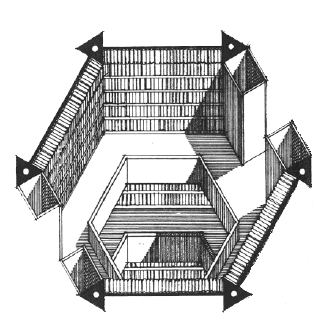Ok so when you go to the gas station there are three "grades" of gas (there's also diesel but that's not relevant here):
- Regular - this is what pretty much most people get.
- Plus - Why????
- Premium - for luxury/sports cars
So can someone explain what the hell the "plus" is for?
Higher octane gas burns slower preventing pre detonation and knocking in higher compression engines. Higher compression engines make more power and higher efficiency. https://www.youtube.com/watch?v=4ZysyokEU60
"Midgrade fuel doesn’t really exist. In most cases, refineries do not produce a midgrade gasoline blend; instead, the middle-octane option is blended at the fuel pump from a given gas station’s supply of regular and premium gas. Midgrade fuel began appearing in 1995, as leaded gasoline was being phased out. At the time, most gas retailers were selling regular (leaded), unleaded (what we now call regular), and premium unleaded gasoline. When leaded gas was phased out, most retailers were left with the infrastructure to dispense three types of fuel, but only two types to sell. Thus was midgrade fuel born."
The Volkswagen GTI VR6 that I drove had a minimum octane rating requirement that was met by mid-grade gasoline.
A lot of older turbo cars had the same thing, basically minimum to keep the engine working right and in a range the computer can adjust to.
There's a hidden "Super" button that only cool comrades know how to access and it gets you 1,000 miles to the gallon.
Talk to the guy at the register 100 times and he'll let you buy it
Leaded gasoline was banned in the 70s
Edit: holy shit it wasn’t actually banned until the 90s
It’s going to be fascinating to see what the world is like when the most lead poisoned generations die off. I wonder how much of the generational chasm we see between boomers and the younger generations is lead poisoning.
Some cars that operate at a higher compression in the engine needs a higher octane gas; turbo and supercharged cars, mostly
Yep, and now that most cheap economy cars are turbocharged now they require higher octane fuel to meet their published MPG rating. So it isn't just about cheaper gas for cheaper cars. The manufacturers account for this, and build them so they run on lower octane fuel anyway knowing how careless the average carowner is. But it isn't optimal, and you may even be losing more money this way through loss of efficiency. But using "premium" on a car rated for 87 octane is a complete waste of money as nothing is gained by it. Back in the pre-internet days, people would spread some weird urban myths about gas, like thinking premium fuel would clean your engine or some other such nonsense.
OP is asking about mid grade and I think most new cars don’t specify it, only regular or premium. I think some imports from the early 2000s may have required 89 but I have never seen it irl
Even if they don't specify it, they often want it anyways. Most NA BMWs call for premium but will run midgrade, almost every Volvo calls for midgrade, Mazdas get a noticable improvement in performance from midgrade but only call for regular, etc.
So any advantages to using high octane gas in a carbureted chevy 350 with worn piston rings and leaky valves?
Probably not enough to outweigh the extra cost. You could adjust it a bit leaner or advance the timing.
idk, cuz it's in the middle? i'm not sure what i'm supposed to use i'm just guessing. i'm not a good car owner.
So someone else pointed out that it's about octane - some engines are built around using higher octane gasoline, and some lower. Should say in your owners' manual which kind to use.
Premium is also good for small two strokes that have to take mixed gas.
The savings arnt worth the time you spend figuring out the right ratio
It's what I put in my lawnmower. It recommends 90 octane, but usually the mid-grade is 89, which seems to be close enough to work well.






